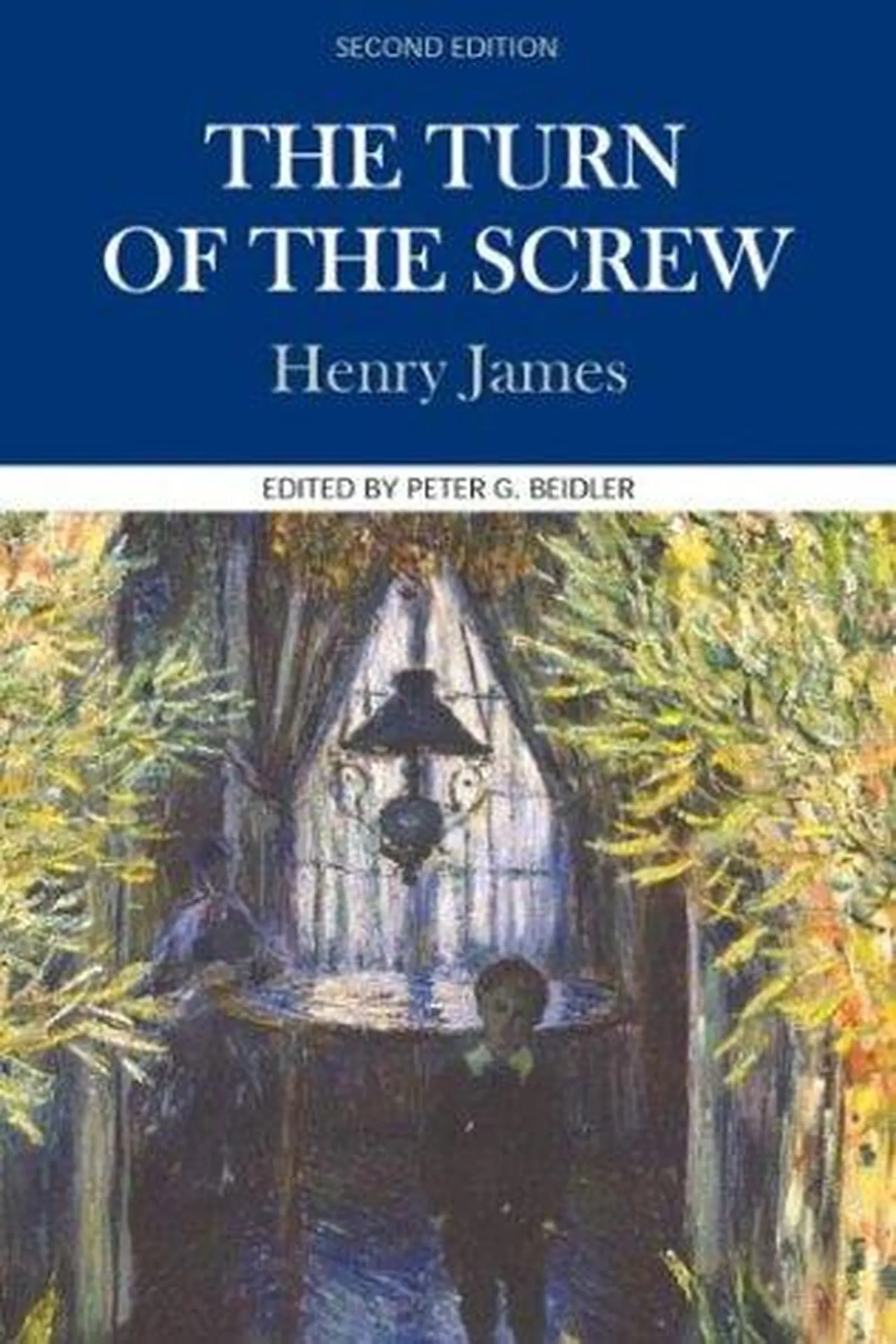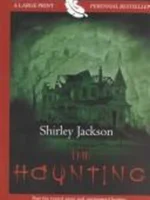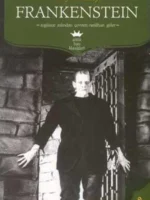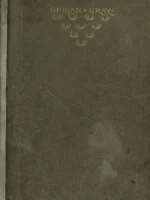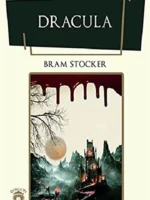The Turn of the Screw, Henry James, 1898
- Author: Henry James
- Genre: Horror/Gothic
- Publisher: Dover Publications
- Publication Year: 1898
- Pages: 96
- Format: Paperback
- Language: English
- ISBN: 978-0141441351
- Rating: 3,9 ★★★★☆
The Turn of the Screw Review
The Turn of the Screw by Henry James is a compact psychological ghost story that stays slippery no matter how closely you read it. Published in 1898, it follows a young governess hired to care for two angelic children at a remote English estate. For you, this book offers suspense built from doubt: are the threats supernatural or the product of fear, repression, and isolation. It is elegant, uncanny, and deliberate about what it refuses to prove.
Overview
The narrative is a manuscript read aloud at a winter gathering. Inside it the governess addresses you directly while describing strange figures seen on the grounds and in the house. You will notice how every clue is also a question: the children’s perfect manners, the absent guardian, the history of two former servants. The book is less a haunted house tour and more a study in perception under pressure.
Summary
The governess arrives at Bly to look after Miles and Flora and quickly senses a secret. She sees a man on a tower and a woman at a window and learns of Peter Quint and Miss Jessel, both dead. The children act innocent yet knowing. The governess decides she must protect them by naming and resisting the intruders. Without spoiling specific turns, confrontations escalate: whispered plans, midnight vigils, silent stares that feel like speech. The final scene delivers clarity and uncertainty at once: one child in her arms, a truth grasped too late, and a question that will not close.
Author
Henry James writes with precision and patience. His sentences coil and release, guiding you to read what is said and what is nearly said. You benefit from his control of point of view: the governess is persuasive and unreliable at the same time.
Key Themes
You will explore innocence as mask and mystery. You will see repression shaping reality: desire and duty pulling against each other. You will consider the ethics of protection when proof is elusive. You will meet ambiguity as design: the reader becomes judge and accomplice.
Strengths and Weaknesses
Strengths: atmosphere that builds through suggestion, a narrator who invites and resists trust, and a structure that rewards rereading. Weaknesses: long sentences and circled phrasing can slow modern readers, and the ending withholds closure by intent. Overall: a master class in cultivated doubt.
Target Audience
This novella suits readers who enjoy psychological tension, unreliable narration, and literary puzzles. It works for book clubs that like to argue about what happened and why it matters.
Favorite Quotes
Short lines stand out: a house not at rest, a child too perfect, a face at the glass. They give quick handles for the book’s lingering unease.
Takeaways
For you, the key takeaway is that certainty can be dangerous when built on fear. The story teaches careful reading of people as well as pages and leaves you with a durable question: what do we see when we need to be right.
| pa_author | Henry James |
|---|---|
| ISBN | 978-9-499-54873-3 |
| pa_year | 1988 |
| Pages | 557 |
| Language | English |
